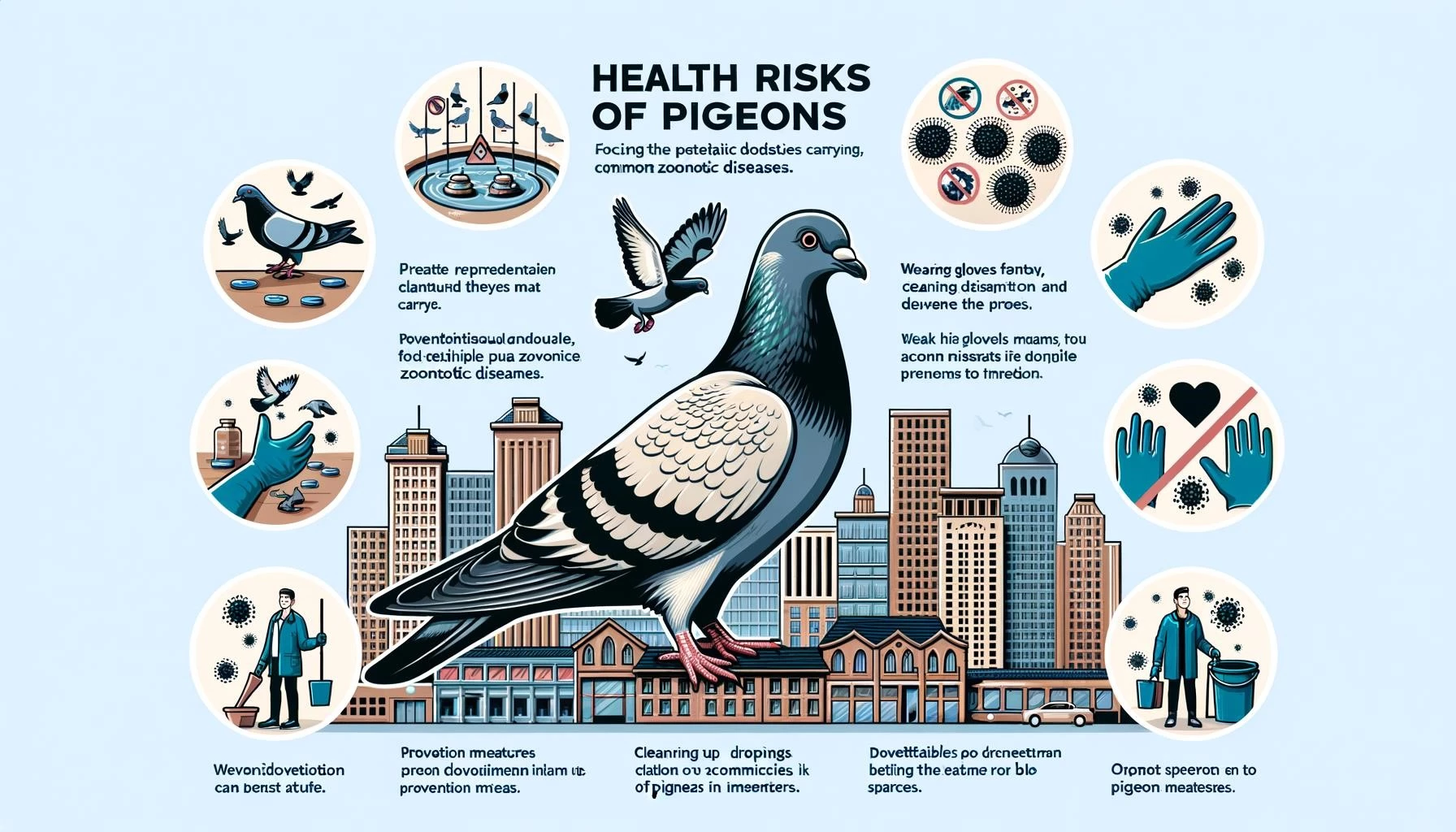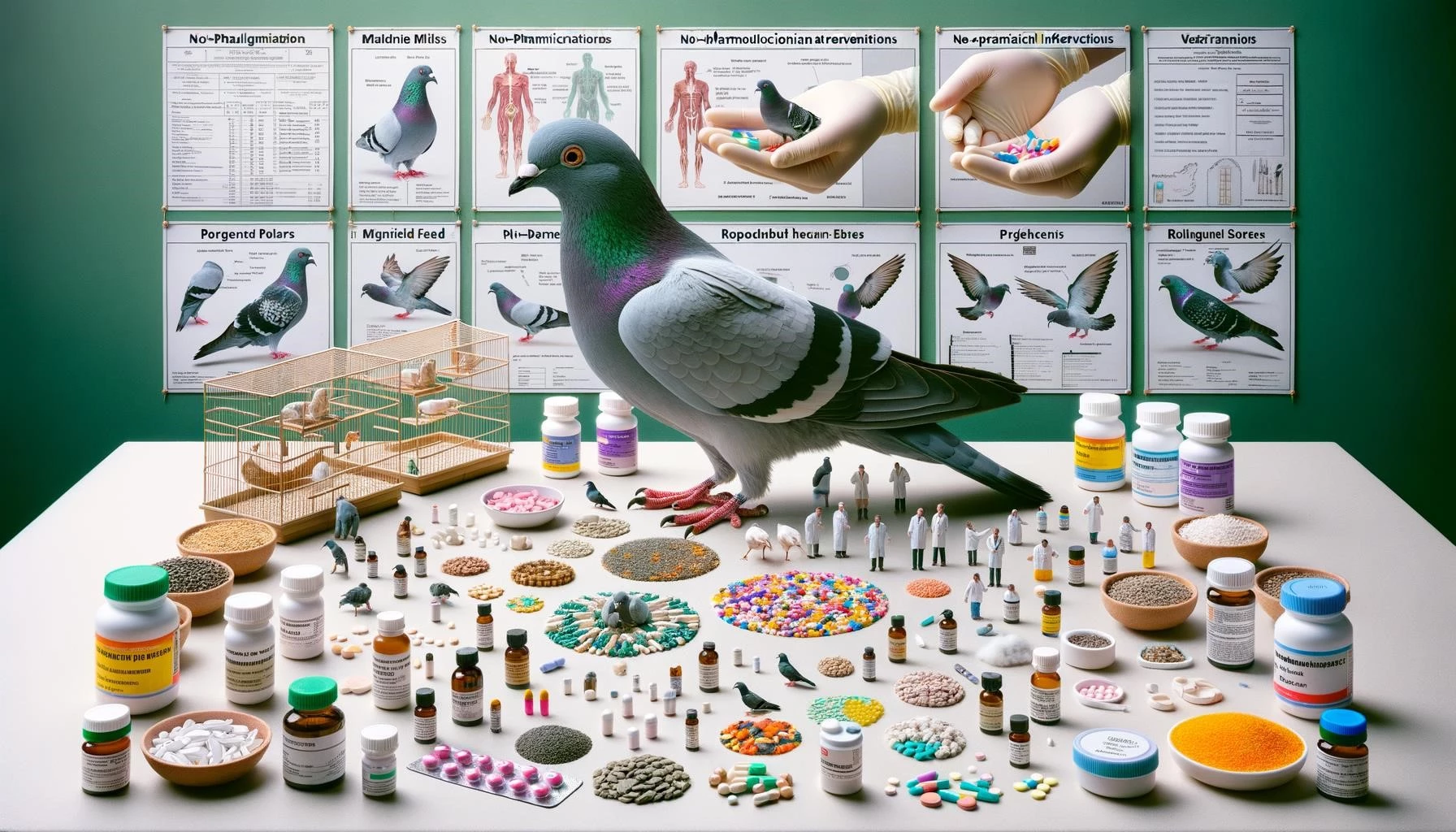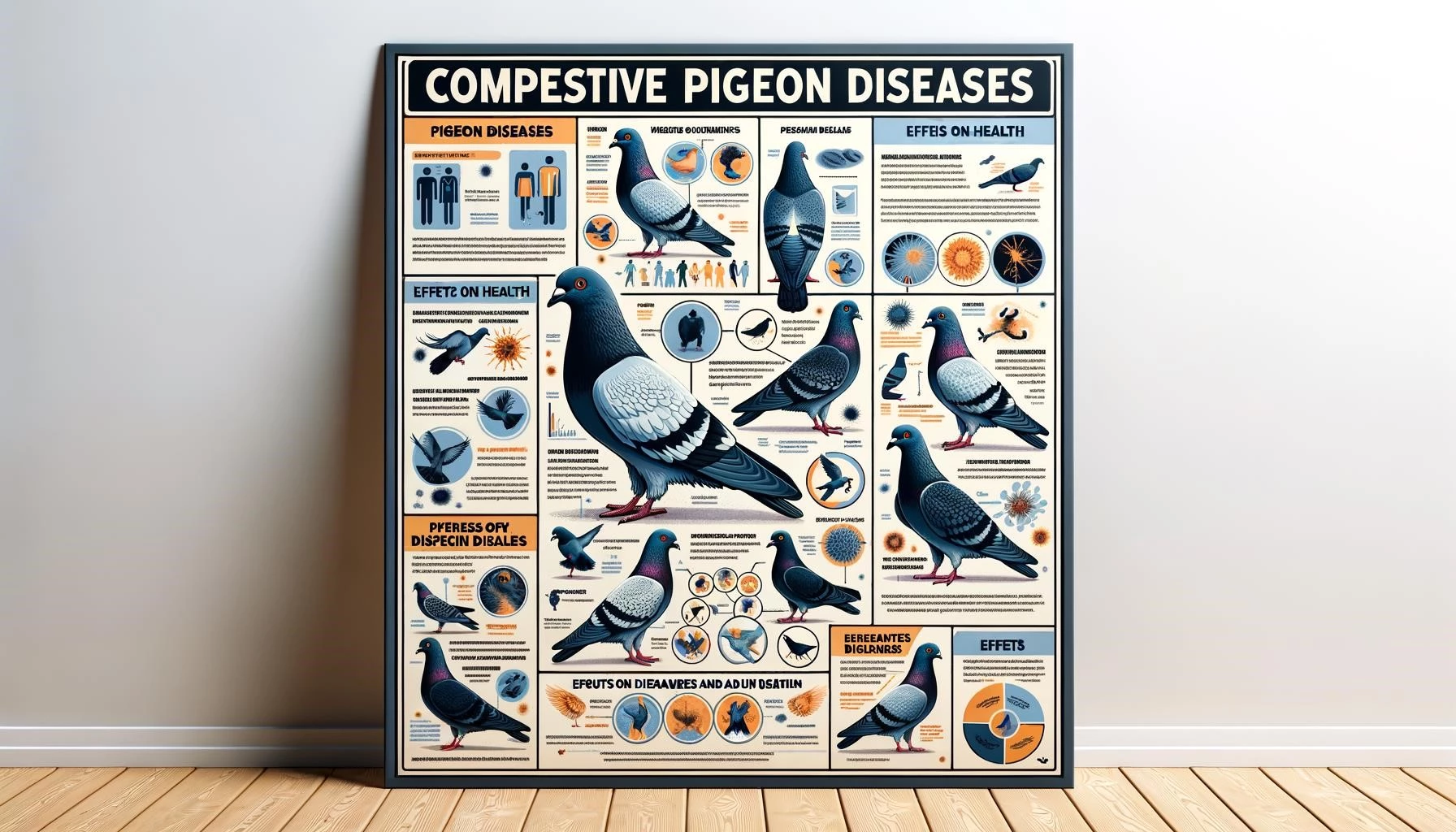Pigeons, commonly found in urban areas, can be carriers of various respiratory diseases. These diseases can be caused by bacteria, viruses, or fungi present in the droppings or feathers of pigeons. Inhaling the airborne particles of these pathogens can lead to respiratory infections and other health issues in humans. In this article, we will explore the impact of pigeons on respiratory health and discuss the common diseases associated with them.
Key Takeaways
- Pigeons can be carriers of respiratory diseases.
- Exposure to airborne particles from pigeon droppings or feathers can lead to respiratory infections in humans.
- Common respiratory diseases associated with pigeons include hypersensitivity pneumonitis, histoplasmosis, ornithosis, and chronic respiratory disease complex (CRDC).
- Preventing respiratory diseases in pigeons involves maintaining cleanliness, proper hygiene practices, and avoiding direct contact with droppings.
Hypersensitivity Pneumonitis and Pigeon Breeders Lung
Pigeon breeders lung, also known as bird fanciers lung, is a type of hypersensitivity pneumonitis (HP) induced by inhaling bird-derived proteins. This condition is characterized by inflammation of the lungs and is caused by exposure to antigens present in pigeon serum, egg white, droppings, and feathers. Similar to farmers lung, which affects individuals exposed to antigens in hay or grain, pigeon breeders lung can cause respiratory symptoms including coughing, shortness of breath, and chest tightness.
Histoplasmosis and Other Fungal Infections
Pigeon droppings can also harbor fungi, such as Histoplasma capsulatum, which causes histoplasmosis. When the spores of this fungus are inhaled, they can cause respiratory symptoms similar to pneumonia. In severe cases, histoplasmosis can lead to lung fibrosis and chronic respiratory problems. Other fungal infections associated with pigeons include candidiasis, a condition affecting the lungs, mouth, and skin, which can be more common in women.
Ornithosis and Chronic Respiratory Disease Complex (CRDC)
Ornithosis, also known as psittacosis or chlamydiosis, is a zoonotic disease that commonly affects pigeons and can be transmitted to humans. It is caused by exposure to Chlamydia psittaci, a bacteria present in pigeon droppings and respiratory secretions. Symptoms of ornithosis in humans may include fever, cough, shortness of breath, and pneumonia.
Chronic respiratory disease complex (CRDC) is a multifactorial problem that commonly affects pigeons. It is characterized by chronic inflammation of the respiratory system and can lead to poor performance, respiratory distress, and increased susceptibility to other diseases. CRDC is often associated with various pathogens, including chlamydia, mycoplasma, and viruses.
Prevention of Respiratory Diseases in Pigeons
Preventing respiratory diseases in pigeons is crucial for their well-being and for reducing the risk of transmission to humans. Maintaining clean and dry loft conditions, regular cleaning and disinfection, and proper hygiene practices can help minimize the risk of respiratory infections. Providing fresh food and water, rotating feeding areas, and avoiding overcrowding can also contribute to better respiratory health in pigeons.
In conclusion, pigeons can carry various respiratory diseases that can affect human health. It is important to take preventive measures to minimize the risk of exposure, such as practicing good hygiene, avoiding direct contact with pigeon droppings, and maintaining clean living environments for pigeons.









